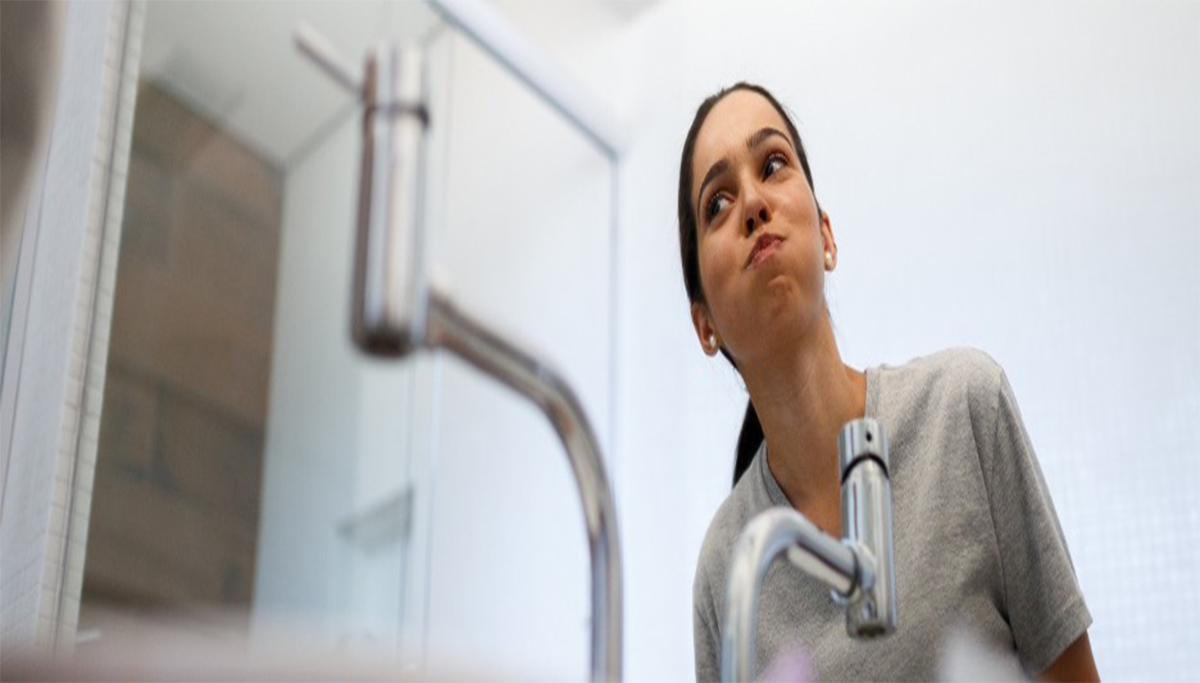What is mouthwash?
Mouthwash is a common solution for bad breath, and it can be a great addition to your oral health routine. It’s not a replacement for daily brushing and flossing, but it can help keep your breath fresh for longer and may help improve your oral health in the long run.
Different mouthwashes will have different ingredients depending on their purpose. Some may only tackle bad breath. Others target specific oral health problems with ingredients like fluoride, which can help prevent cavities, or bacteria-killing agents that reduce plaque and gingivitis.
Types of mouthwash
The U.S. Food and Drug Administration (FDA) regulates mouthwash as either cosmetic, therapeutic or both. Cosmetic mouthwash is only designed to freshen breath temporarily, and therapeutic mouthwash can reduce your risk for oral disease such as gingivitis or cavities.
- Cosmetic mouthwash
Cosmetic mouthwash is an over-the-counter product that helps to temporarily control bad breath. While it leaves behind a pleasant taste it has no chemical or biological application – which means it will not fight plaque, gingivitis, or cavities. Cosmetic mouthwash can help to remove oral debris that might linger after brushing teeth.
- Therapeutic mouthwash
Therapeutic mouthwashes have multiple benefits. They have active ingredients to address or help prevent oral diseases and conditions including tooth decay, gum disease, mouth pain, dry mouth, and bad breath. Some even offer whitening capabilities.
Many therapeutic mouthwashes are available over-the-counter, but some require a prescription from your dentist depending on the active ingredient or its strength.
Which oral health conditions does mouthwash address?
Different formulas of therapeutic mouthwash can treat or address a variety of oral health concerns, including:
- Halitosis (bad breath)
Bad breath is most often the result of poor oral hygiene, dry mouth, certain foods and beverages, or tobacco use. It may also result from an infection in the mouth, certain nose or throat conditions, or even systemic medical conditions.
Mouthwash can treat bad breath by reducing the amount odor-causing bacteria in the mouth and/or interfering with smelly sulfur compounds and leaving a fresh scent in its place. If you practice good oral hygiene and have a healthy diet, but your bad breath persists, talk to your dentist to rule out possible underlying conditions.
- Gingivitis
Gingivitis is an early stage of gum disease. It’s an inflammation of the gums that usually occurs as a result of plaque buildup on the teeth and gums. Plaque contains millions of bacteria. Certain types of mouthwash work to reduce plaque build-up and kill this bacteria, helping to prevent or even reverse gingivitis.
- Tooth decay
Mouthwash containing fluoride can help prevent tooth decay by making tooth enamel stronger and protecting from acid attacks. The bacteria within plaque produce acids, which eat away at enamel if teeth are not thoroughly cleaned on a regular basis. The bacteria feed on the sugars, starches, and other carbohydrates left on the teeth after eating. Tooth decay starts slowly with the acids eating away at the surface minerals of the tooth enamel. If the process goes on long enough it results in a cavity. The fluoride in water, toothpaste, rinses and other products helps replace the lost minerals and resist further acid attacks.
- Topical pain relief
Mouthwashes that offer pain relief usually contain anesthetics, such as lidocaine, that gently numb the mouth to provide relief. These are typically prescribed by your dentist or physician.
- Whitening
Some mouthwashes have active ingredients like hydrogen peroxide to reduce staining and whiten teeth. These typically require extended use before any results are noticeable and will not have the same effect as cosmetic whitening procedures performed by your dentist.
- Dry mouth
Dry mouth, also known as xerostomia, is an oral condition that results from low saliva flow; it is a common side effect of certain medications. Mouthwashes that advertise for dry mouth relief help rinse away food particles and freshen breath, and also contain ingredients that lubricate the mouth and ease dry mouth symptoms.
How to use mouthwash
Use mouthwash according to directions on the label or as advised by your dentist. In general, mouthwash can be used anytime but is most effective if you thoroughly brush and floss your teeth first. Simply hold a small amount in your mouth, swish it around, and spit it out.
In order to get the maximum benefit from mouthwash, avoid eating, drinking, or smoking for at least 30 minutes after rinsing.
It’s important to note that some mouthwashes contain significant percentages of alcohol (anywhere between 18-26 percent). Although not designed to be swallowed, some may experience sensitivity when rinsing with a mouthwash containing alcohol.
Children under six years old should not use mouthwash as their swallowing reflex is not yet sufficiently developed.


